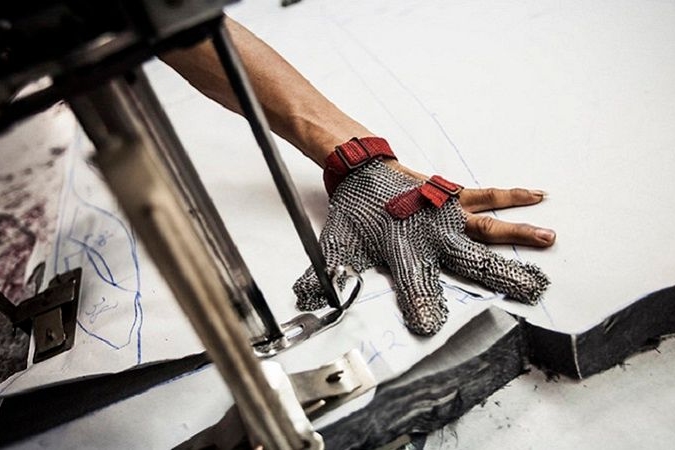
ILO adopts code of practice on safety and health in textiles & footwear sector
YarnsandFibers News Bureau 2021-10-11 11:51:23 – SwitzerlandThe International Labour Organization (ILO) has adopted code of practice on safety and health in the textile, apparel, leather, and footwear industries. The code provides comprehensive and practical recommendations on how to eliminate, reduce, and control all key hazards and risks, based on international labor standards and other sectoral guidelines.
Chemical substances, ergonomic and physical hazards, tools, machines, and equipment, as well as building and fire safety, are among the hazards.
The new law will benefit more than 60 million workers around the world, with poor countries and growing economies benefiting the most. The code of practice has been accepted by experts from governments, employers' and workers' organizations, according to the organization's press release.
Jukka Takala, chair of the experts’ meeting that adopted the code, said that having spent the past 50 years regulating, enforcing, and, in particular, promoting occupational safety and health, he can personally attest to the fact that the adoption of this ILO Code of Practice is a watershed moment in the textiles, clothing, leather, and footwear industries.
Kamrul Anam, worker vice-chair, said that they want to make sure that Rana Plaza never happens again, referring to the Bangladesh garment factory building collapse in 2013, which killed over 1,000 people. If everyone commits to putting the provisions of this code into action, they can assure that no worker in a garment factory, whether in Bangladesh or elsewhere, will ever have to risk their lives again.
The COVID-19 crisis has wreaked havoc on the textile, clothing, leather, and footwear industries. Thousands of businesses have been forced to shut down, affecting the livelihoods of millions of people.
Every year, around 2.8 million people worldwide die as a result of work-related accidents and diseases in a variety of industries. Work-related diseases affect another 160 million workers, while 374 million workers sustain non-fatal injuries. Work-related injuries and diseases cost the global economy more than 4% of its annual gross domestic product (GDP).
Bastian Fochmann, government vice-chair, said that they recognize and support the ILO's critical role in enhancing both national and sectoral occupational safety and health (OSH) systems. With this code of practice on safety and health – and thanks to the outstanding contributions of employers, workers, and governments – they now have the occupational safety and health (OSH) tools and approaches that the textile, clothing, leather, and footwear industries and their supply chains require to ensure a safer and brighter future for all.
Alette van Leur, Director of the ILO Sectoral Policies Department, said that the new code of practice will serve as a framework for building national or business OSH management systems and help to the overall development of working conditions in this sector and beyond. With this code of practice on safety and health – and thanks to the outstanding contributions of employers, workers, and governments – they now have the occupational safety and health (OSH) tools and approaches that the textile, clothing, leather, and footwear industries and their supply chains require to ensure a safer and brighter future for all.
Market Intelligence
Ask for free sample Report

experience
Customer Base
dedicated team
Countries Served Worldwide









